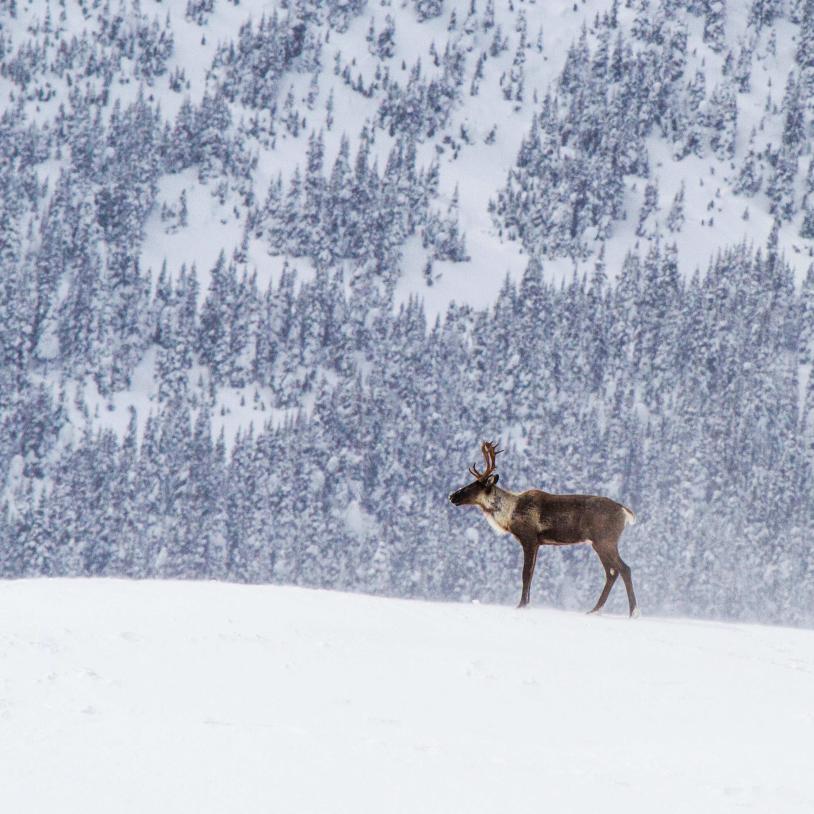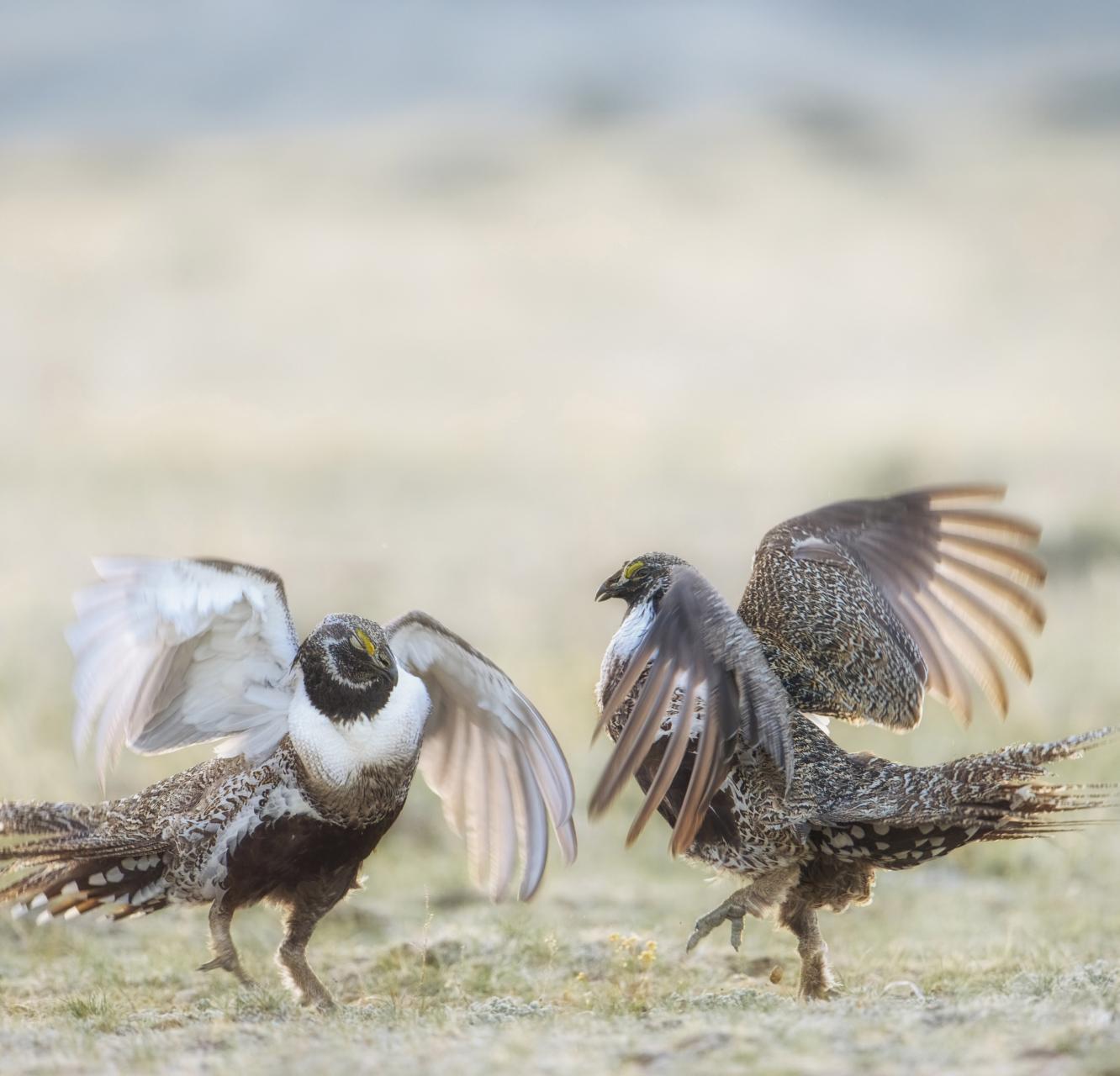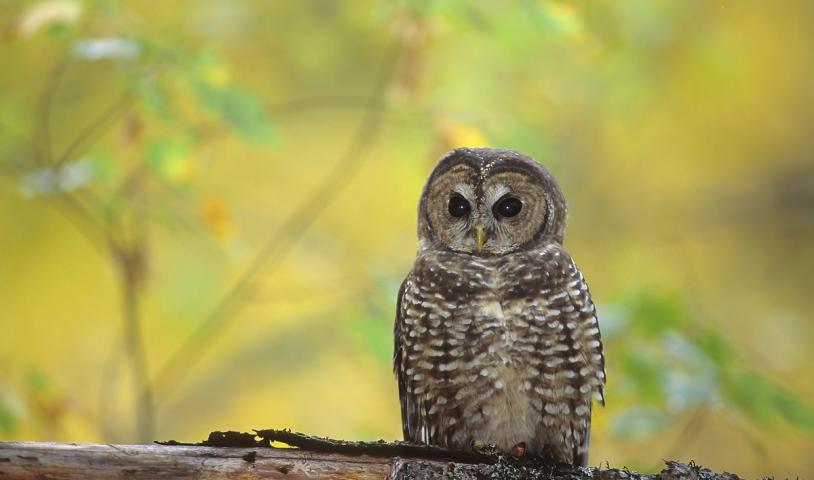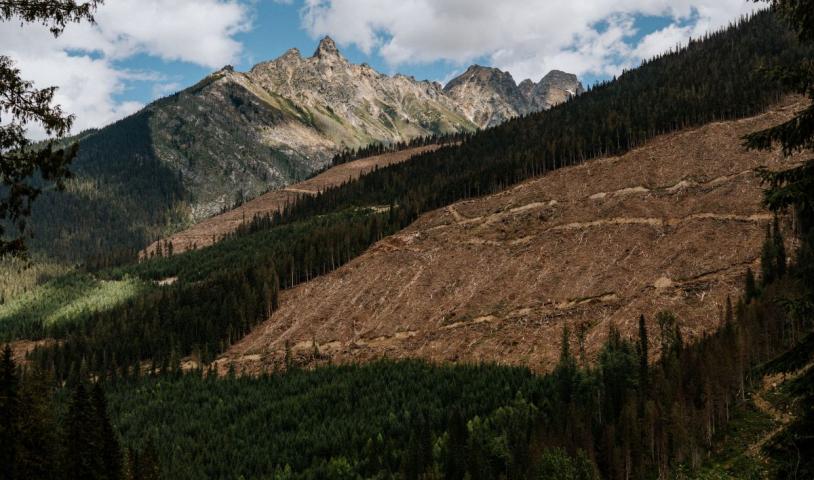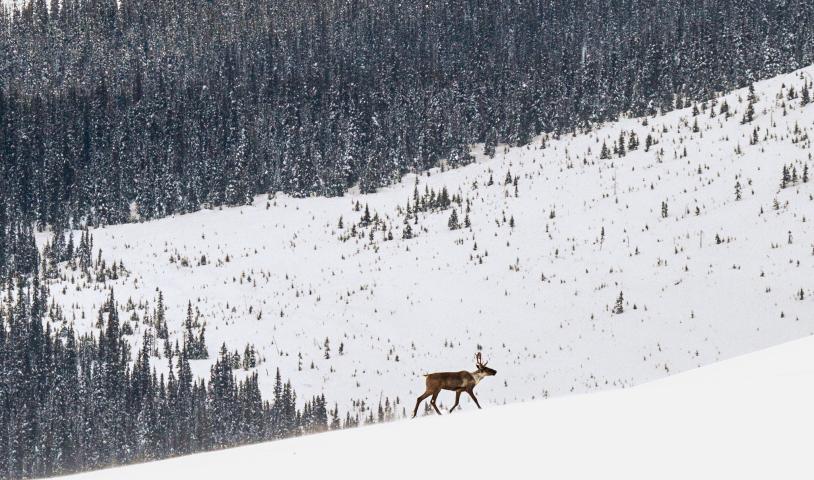Fishing with spinners ‑ Wild Times
Saturday, May 14, 2005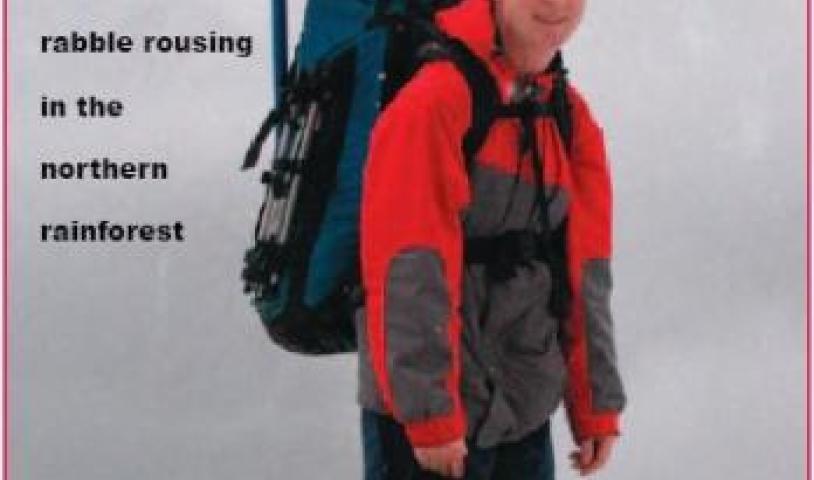
May 15th, 2005 - Read Joe Foy's Wild Times column in the Watershed Sentinel as he takes a hard look at some of the BC Government's latest announcements.
By Joe Foy
I turned fifty not long ago. I guess a couple of side effects of that is - one – I think about the past more and - two – I’m more grumpy. I’m especially grumpy around things or people that mess with nature.
I suppose my road to grumpiness began a long time ago whilst hanging out under a bridge, beside a muddy stream, thinking about salmon.
My brother and I used to ride our bikes down to the Salmon River near Fort Langley every October during our kidhood to fish for the wild coho salmon. Most days we got skunked, but we didn’t care – much. They say hope springs eternal in the fisher’s heart.
On wet mornings we’d take shelter under the old Glover Road Bridge from the drizzle. The mist would hang on the fields like a dreamscape.
There’s a lot of time to observe and think and imagine when you’re hunkered down under a bridge for the better part of a day – especially when you are a kid. I suppose that’s when I began to really be awed by the various finned and feathered and furred critters that shared our little muddy corner of the world.
One of the rituals of fishing was when we’d paw through the rat’s nest of lures and snarled line that passed for our tackle box looking for just the right lure. One class of lures we called the “spinners.”
Spinners are meant to fool fish into biting. There’s another kind of spinner that is meant to fool people.
Just the other day an environmental researcher that I’ve known for a couple of decades or so dropped by to show me something. “Do you remember when the Minister of Environment, Bill Barisoff announced in March that the BC government had protected nearly two million hectares of land for wildlife?” he said.
“Yeah, I remember,” I said. “The so called protection is pretty weak. It still allows road building and logging throughout most of it.”
“True enough,” said my friend. “But look here – it gets worse,” he said rolling out a big map with colourful boundaries felt-penned across it. “I’ve been doing some checking and the areas the government announced as protected in the Chilcotin Plateau area are the exact same areas that were already given the same amount of protection as a result of the Cariboo-Chilcotin Land Use Plan back in the mid-1990s!”
The government had merely re-spun a very old eco-announcement. Now that’s a whopper of a spinner!
Earlier I felt like I’d been spun silly when I had read in the Chilliwack Progress about Maple-Ridge-Mission MLA Randy Hawes’ claim that the law to protect salmon streams in urban settings had been “improved” by the government.
The article went on to explain that it used to be that biologists in the BC environment ministry would inspect proposals to build housing projects and the like. Then they would send their comments about how to protect the local streams on to the municipal authorities.
Now the provincial government has gotten rid of the environment ministry and thrown out the standard 30-metre protection buffer zone for streamside protection.
According to Mr. Hawes, developers can now hire their own people to sign-off on development plans beside streams and simply file those reports with the new Ministry of Water Land and Air Protection. They can then build right up close to the salmon streams as long as their own hired “experts” say it’s okay.
That should cut down development delays, Mr. Hawes said.
I guess he’s right. I expect it will cut down on coho salmon too.
Lucky for the fish some communities have other ideas.
The communities of Coquitlam, Delta and Maple Ridge have opted out of the provincial government’s so-called streamside protection legislation and passed their own bylaws to really protect their streams, keeping with the minimum 30 metre buffer zone, as supported by most biologists.
Now the developers want the provincial government to get tough with these uppity fish loving communities.
Mr. Hawes said the government wouldn’t make any moves on the streamside regulations for the time being. But he warned that in the future the provincial government may not continue to allow cities to opt out to create their own stream protection bylaws.
How’s that for “improving” fish protection in our urban areas!
Not to be outdone in the government’s current super spinorama fest, Water Land and Air Protection Minister Bill Barisoff recently cast a fl ashy spinner of his own. When told that BC environment groups were calling for provincial endangered species legislation he replied that the government of BC had recently enacted endangered species legislation!
Barisoff was referring to the 2004 Wildlife Amendment Act. This law, which might have given some limited protections to endangered species, only applies to those species specifically listed as being covered under the Act.
Now here’s the punch line. The government hasn’t listed any species, so Barisoff’s law is completely useless! It doesn’t protect so much as a single twig of spotted owl habitat, not a strand of mountain caribou range, nor so much as a piece of one nesting branch for a marbled murrelet.
All I can say is don’t get fooled by the spinners. Things are getting mighty tough out there for the ones that swim and crawl and fl y and run like the wind. Caught in a vise grip of climate change and habitat destruction wild things need our help badly.
Hope resides in the hearts and actions of those citizen activists who work to keep our government’s feet to the fire on environmental matters. That kind of grassroots action
won’t stop all the government spinning but it can and does succeed in getting better protections for BC’s fish and wildlife.
Now that I got that off my chest, I feel a whole lot less grumpy.
Joe Foy is Campaign Director for the Wilderness Committee, Canada’s largest citizen-funded membership-based wilderness preservation organization.
